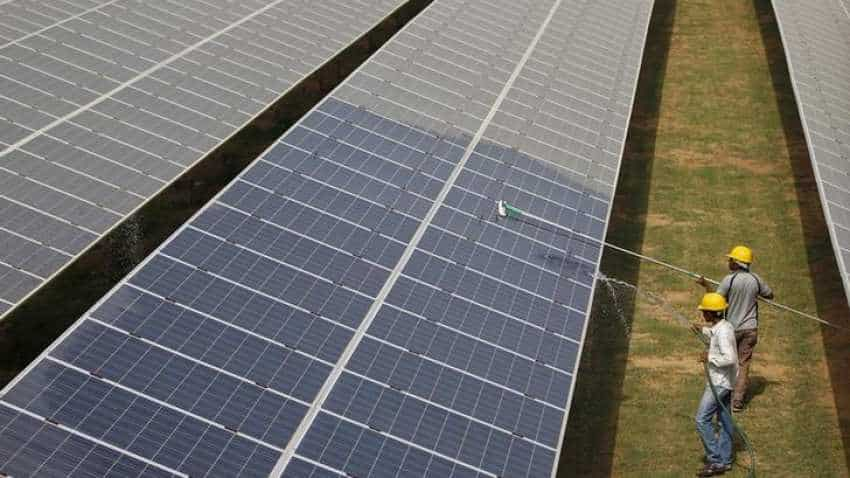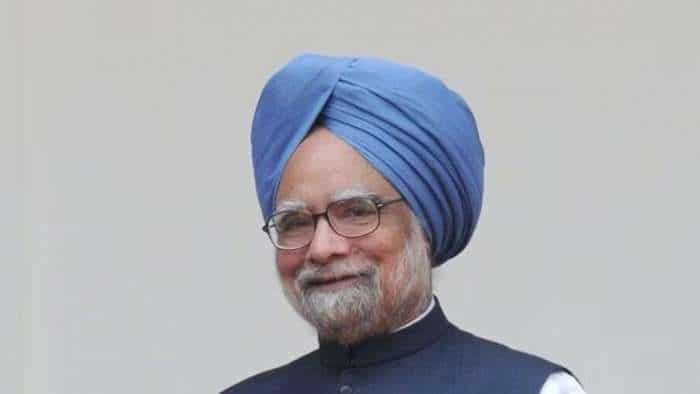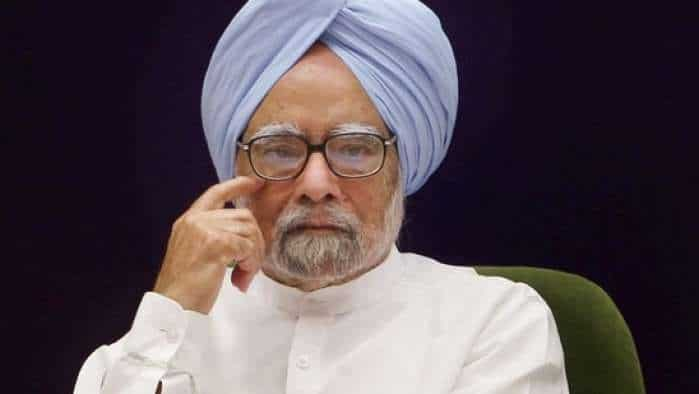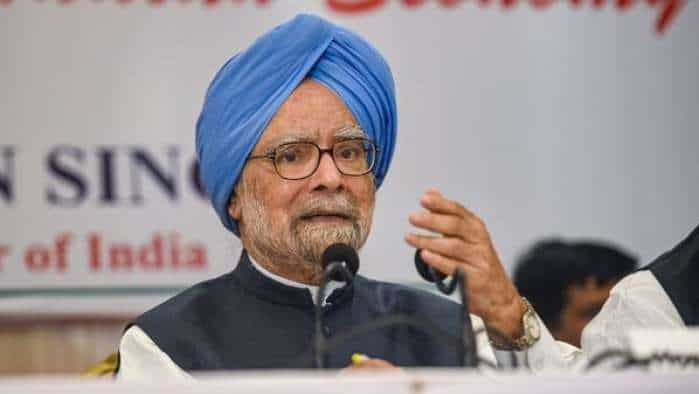Is solar the next thermal? Returns all set to hurt
The renewable energy sector, especially solar, could be next in line in becoming a stressed sector, something similar to thermal power. As such, the sector is already facing funding challenges.

The renewable energy sector, especially solar, could be next in line in becoming a stressed sector, something similar to thermal power. As such, the sector is already facing funding challenges. And to make matter worse safeguard duty, aggressive bidding, high operational cost, cost of funding and other factors like quality of solar module will only hurt returns.
Until now, the renewable energy sector, including solar and wind power, was financed by banks, venture capital funds, among others. However, funds have started to dry up for solar projects, which are put on a bid and where execution is taking place.
Crisil’s Infrastructure Yearbook released last month is categorical in stating that ‘caution is required in solar and wind bidding’.
“Large developers in the renewable energy segment have prioritised building a portfolio over project returns. As a result, solar and wind power have witnessed aggressive bidding. The aggressive bidding risk, when coupled with on-ground variance in wind patterns and irradiance levels, could adversely impact the economics. Moreover, higher-than-anticipated module degradation and delay in payments could also hurt returns,” reads the Infrastructure Yearbook.
Hence, aggressive bidding coupled with a delay in payments by distribution companies could result in significant challenges in terms of servicing debts, especially given the weak financial position of domestic banks. This may also eventually result in an increase in non-performing assets in future.
Secondly, there have been instances of renegotiations of Letter of Awards, besides cancellation of bid post discovery of tariff at auctions. This had happened last year and continues this year as well.
In the recent past, Uttar Pradesh cancelled a solar tender where the lowest tariff was Rs 3.48 per unit on the ground that the central government was achieving bids at a much lower tariff of Rs 2.44 per unit. “If the bid realised is Rs 3 or above per unit, the government is suspending the project for now citing some reason. This shows that the government wants tariffs to be lower than Rs 3 per unit, but on the other hand overheads like finance cost, safeguard duty levy on imports, operational cost, etc. are also on the rise,” said a Mumbai-based analyst.
Recently, Solar Energy Corporation of India (SECI) partially cancelled a 3 GW tender where the only bidder, who quoted Rs 2.44 per unit, was awarded, while others, with tariffs of Rs 2.71 per unit, were disqualified.
Similarly, Gujarat Urja Vikas Nigam Ltd also scrapped a 500 mw solar auction as the price discovered was higher at Rs 2.98 per unit compared with Rs 2.65 per unit in the previous auction.
“The recent scrapping of solar auctions around tariff concerns can derail the Ministry of New and Renewable Energy’s target to achieve 100 gw of solar capacity by FY 2022. The solar auction target for FY19 could be missed on account of frequent changes in the implementation of safeguard duty, apprehensions about grid connectivity and land acquisition-related bottlenecks. Also, a depreciating rupee compared to the dollar also poses threat to economical solar tariffs,” said Ankur Agrawal, senior analyst, corporates, India Ratings & Research.
These developments have lowered the confidence of lenders, thus adversely impacting the market sentiment. With these factors put together, it now becomes challenging for the industry in terms of long-term planning.
“A sense of cautious optimism is spreading across renewable projects, with bidders and lenders going circumspect around the low margin of error owing to a steep fall in tariffs since the start of auction regime,” Agrawal added.
The tariffs reaching the historic low of Rs 2.44 per unit and thereon moving up to Rs 2.70 or 2.80 per unit was primarily due to aggressive bidding done by the companies.
“Anything below Rs 2.70 per unit was always under stress. If you see the overall picture, the awards of projects are slowing down,” Sandeep Upadhyay, managing director and chief executive officer of Centrum Infrastructure Advisory, told DNA Money.
Not all companies in the sector would go kaput, as there are players like ReNew Power which are carrying the project forward by cross-subsidising other projects despite lower or eroding returns in a project or two.
However, there are companies who are also struggling to achieve financial closure, something similar seen in the road sector. While few companies were successful in arranging borrowings for around 8.50% to 9.50%, for others finance cost was higher.
“Achieving financial closure for new renewable projects with highly competitive tariffs and refinancing of existing loans may be a challenge without sponsor backing on account of the low margin for error,” mentioned an India Ratings & Research report.
According to an analyst, there is a certain reluctance by states too on tariff and risk front, apart from the players facing issues with acquisition and transmission.
One of the latest presentation by Vivek Sharma, senior director, Crisil, showed that aggressive bidding also leads to curtailment and renegotiation of Power Purchase Agreements.
Another aspect that is largely untouched till now is quality of modules being procured and installed.
This article first appeared in DNA Money as 'Is solar becoming a stressed sector?'
Get Latest Business News, Stock Market Updates and Videos; Check your tax outgo through Income Tax Calculator and save money through our Personal Finance coverage. Check Business Breaking News Live on Zee Business Twitter and Facebook. Subscribe on YouTube.
RECOMMENDED STORIES
04:21 PM IST











 India set for 12-fold increase in energy storage capacity to 60 GW by FY32: SBI Report
India set for 12-fold increase in energy storage capacity to 60 GW by FY32: SBI Report L&T to build 2 GW solar PV plant in Middle East
L&T to build 2 GW solar PV plant in Middle East Jakson Group installs 9 kilowatt solar plant at AIIMS-Delhi
Jakson Group installs 9 kilowatt solar plant at AIIMS-Delhi India achieved its target of producing energy through non-fossil fuel sources ahead of schedule: R.K Singh
India achieved its target of producing energy through non-fossil fuel sources ahead of schedule: R.K Singh  India Energy Week 2023: PM Modi urges global investors to explore Indian energy sector
India Energy Week 2023: PM Modi urges global investors to explore Indian energy sector